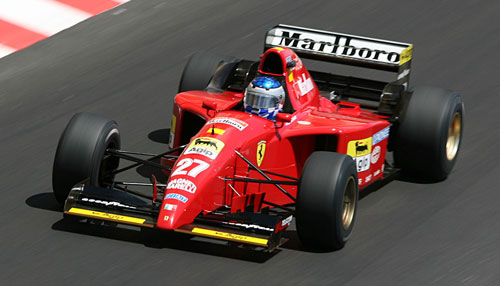Red Bull’s Return:
The 2012 Bahrain Grand Prix

There was far more commotion surrounding this year’s Bahrain Grand Prix than there was in the race itself.
The off-again, on-again event was finally held on Sunday in the midst of protests over the country’s crackdown on political dissent. Formula 1 being a global sport, and one that’s consistently prided itself on paying lip service to a higher social conscience (even if the main concern of the powers-that-be has been and always will be money, first and foremost), there were serious doubts as to whether the event would actually proceed. In the end, though, the race weekend moved forward and Sebastian Vettel won from pole position in his Red Bull, a bit of deja vu to anyone who followed his dominance last season.
Kimi Räikkönen and Romain Grosjean rounded out the podium for a strong showing by the Lotus Renault team. The second-place finish was particularly vindicating for Räikkönen after his single-lap meltdown last race in China. Both Williams cars retired, another setback for what was supposed to be a resurgent year for the storied British team. As for “my” driver, Fernando Alonso in his Ferrari had a decent drive from 9th place on the grid, but couldn’t manage better than 7th. At least he finished in the points, and with four different winners in the first four races of the season, is within spitting distance of the top of the leaderboard.
Spain in three weeks! Can’t wait for the European leg of the F1 season.
The drivers’ points standings after the race:
- 53: Sebastian Vettel, Red Bull-Renault
- 49: Lewis Hamilton, McLaren-Mercedes
- 48: Mark Webber, Red Bull-Renault
- 43: Jenson Button, McLaren-Mercedes
- 43: Fernando Alonso, Ferrari












